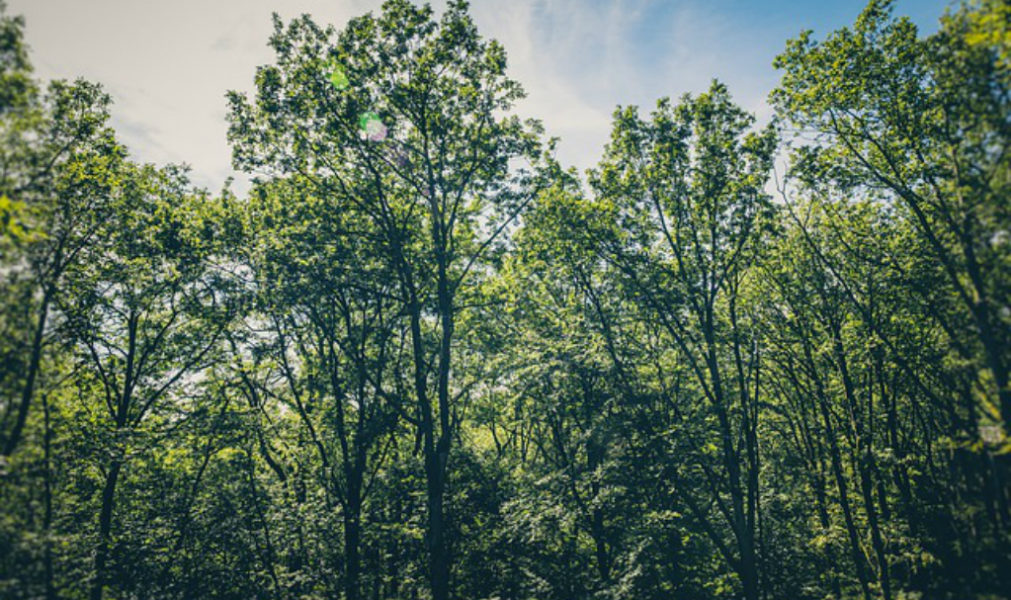Keeping the bowling green eco-system in balance is important in order to minimise the exposure of our grass plants to a range of environmental stresses. These stresses can be thought of as environmental constraints to growth and regeneration and can come in many guises, such as a shortage of light, water, nutrition or extremes of temperature. Conditions within the soil can induce stress in the grass plant. These include soil acidity/alkalinity (pH), soil fertility and soil salinity (salt levels). Outside factors can also play a part in stressing the desired species within a green. For example shading by trees or inappropriate maintenance such as over/under watering of the turf.
Disturbance
One of the most questioned sections of my book Performance Bowling Greens is the section on disturbance. Disturbance in greenkeeping refers to the partial or total damage/removal of living plant tissue. Although this can be as a result of pathogenic organisms like pests or diseases, it can just as commonly be caused by wind, skinning by heavily delivered bowls and wear from bowling and maintenance traffic. However, the area that raises most questions is the fact that many greenkeeping practices cause disturbance too. Maintenance operations considered essential to the green’s health such as scarification, verti-cutting, aeration and even mowing also contribute to disturbance related stress.
Disturbance theory in bowling green management argues that the more we disturb the surface and the more intensive the maintenance, the more stress we put on plants, which makes aeration practices sound as if they might be counter productive. On completely natural grasslands such as the Machair or meadows this would indeed be a true assumption to make as these are perfectly balanced eco-systems. The majority of bowling greens are not and although it is possible to get to that perfectly balanced state in theory, the future for almost all bowling greens will include disturbance by maintenance.
The trouble with disturbance is that it puts further pressure on the grasses inhabiting the disturbed areas. This means that we must cultivate grasses that are capable of the rapid recovery or regeneration needed to not only tolerate the stress, but to actively exploit regular disturbance. One species that does that already is Poa annua which is quick to capitalise on situations like this, making it a very successful competitor in bowling greens to the extent that it makes up a large proportion of the sward on many greens. Poa annua of course brings with it a lot of trouble as it isn’t ideally suited to the production of a fine, uniform bowling surface, although it can be refined over the longer term through maintenance.
Conclusions
The trick in ecology is never to assume that because something has traditionally been seen as bad for bowling greens, that it needs to be eradicated, as bowling greens are eco-systems like any other. Our understanding of eco-systems and all of the inter-relationships that exist within them is poor to say the least.
An example of where we might be throwing out the baby with the bath water is our use of pesticides. For example, we know that there are many millions of fungi in the soil beneath our greens and that some of these are highly specialised. One specialisation is that some fungi have symbiotic relationships with grass roots, allowing the grass plants to draw nutrients from a much larger volume of soil than they can on their own. It is likely that the use of fungicides has a detrimental effect on these relationships.
Staying on the subject of fungi, the ones that we know most about as greenkeepers are the pathogenic ones like fusarium that can devastate our turf. A flawed assumption is that fusarium somehow turns up at our green to cause this damage at certain times of the year, usually autumn and winter. You will often hear claims that the fungus has been imported to the green by one of many mechanisms such as on a contractor’s machine or in a bag of top-dressing. The fact is that all greens, especially healthy, balanced greens will play host to fusarium to some extent and it’s even possible that it usually plays a beneficial role in the soil. Furthermore, even if we wanted to introduce fusarium to our green, bringing it in from an outside location would be unlikely to result in success for the same reasons that it is very difficult to achieve success when over-seeding bowling greens; the established indigenous organisms will always have an advantage over the imported ones for whom the competition will almost always be too strong to allow them to establish a community.
Ecology is about balance and to achieve this balance there is a constant turmoil as organisms fight to exploit their particular niche within the eco-system. If, by design or bad judgement we make our greens more attractive to fusarium than it is to bent grass we will get a severe outbreak of what we see as fusarium disease. If, on the other hand we keep thatch under control, manage compaction well and ensure that our green provides the ideal environment (which will almost certainly also include a population of fusarium) for bent grass we get what we see as a performance bowling green. Beauty is in the eye of the beholder, it just depends who the beholder is!





